XKCD’s Excellent Presentation On Historical Global Temperature And Anthropogenic Global Warming.







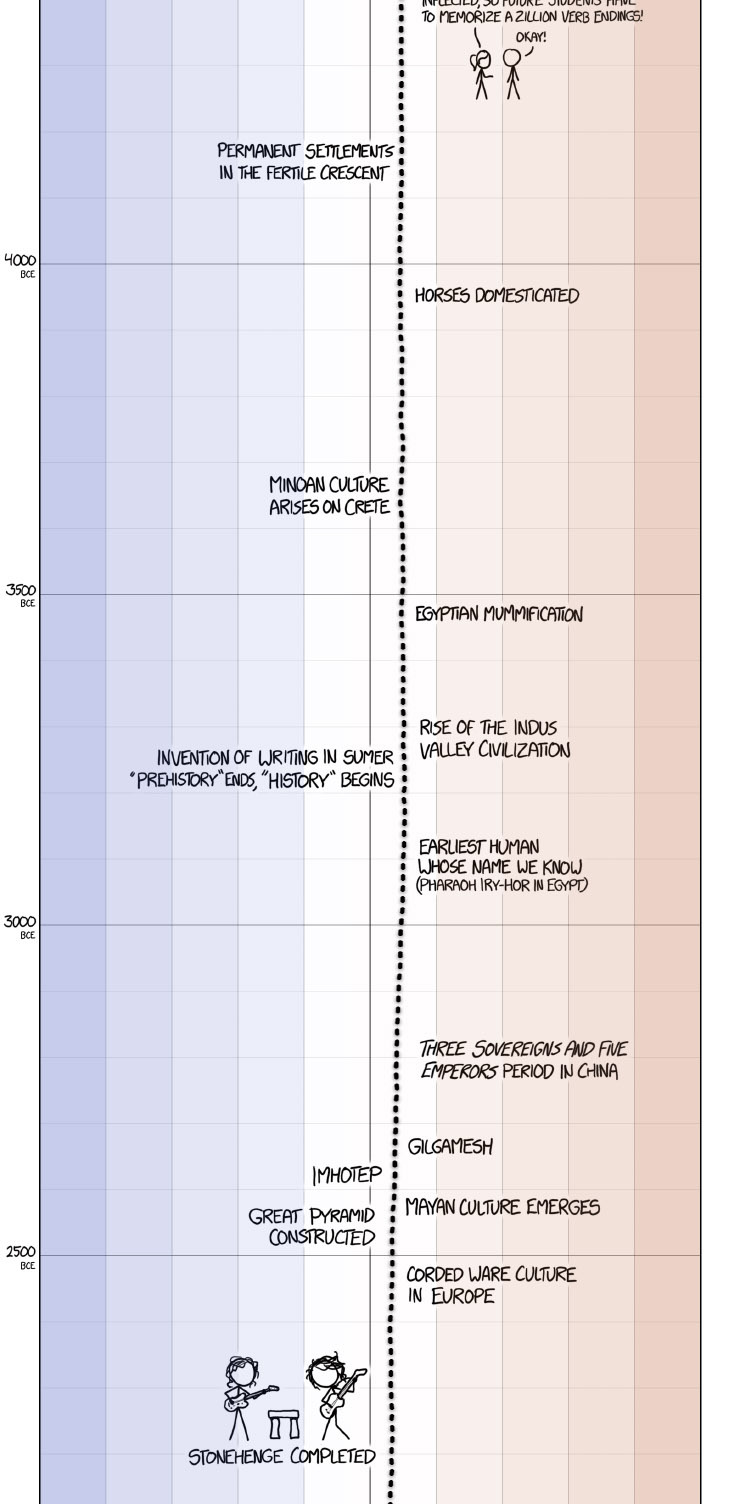


XKCD’s excellent presentation on historical global temperature and anthropogenic global warming.
[After setting your car on fire] “Listen, your car’s temperature has changed before.”
More Posts from Green-notebooks and Others
Fun fact, hammering metal spikes into tree trunks is a federal crime in the US because environmental activists used to do it in the 80s to fuck up chainsaws and logging equipment.
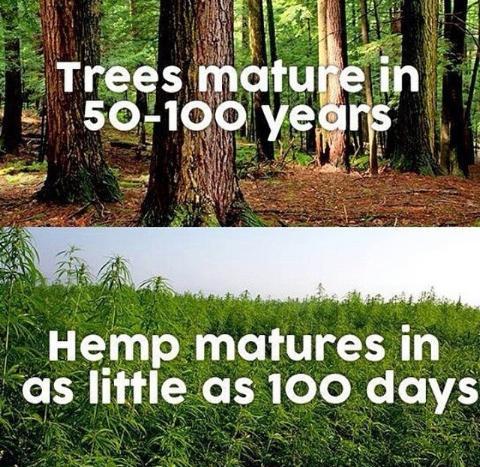
#SaveTheTrees
Want to know how you can be a part of the solution in fighting and defeating climate change?
TED-Ed has partnered with the United Nations to make a 30 day challenge to teach you everything you need to know about the climate, the environment and much more (this comes in handy in debates, talks with people that aren't aware of why we should protect the Earth, in knowing what to ask the governments when protesting and many more situations). Knowledge is power and power is what we need if we want to achieve our goals.
They already got to day 13 but the videos are short so you can catch up by watching a few a day. Enjoy!

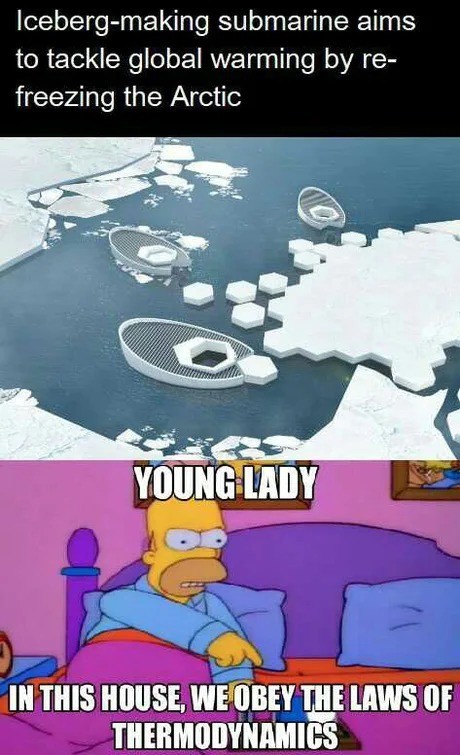
Can't afford to buy things for your garden?
*Re-posting, with new information
A store-bought bag of topsoil, a roll of landscaping fabric, or a bag of cedar chips doesn’t go very far if you have a large garden or a very limited budget. Here are some ways to create the materials you need for a beautiful, organic, productive garden, by both re-directing household waste, and foraging in your local area. I use a lot of these tricks in my garden to make it almost completely free for me to continue growing new things, and expanding the workable area every year!
For soil
Save your food scraps to create a rich compost for growing veggies and amending your soil. There are numerous options for every size of dwelling and yard. Small space solutions such as Bokashi and vermicompost work indoors and don’t produce bad smells, so you can keep them underneath the sink.Worm towers, compost heaps, and outdoor compost bins are a great solution if you have more space. The more you add, the more rich, nutritious material you can make for your garden. I like composting because it means I don’t have gross smelly garbage bags to deal with, because food waste is diverted. It seems like a lot of work at first, but it actually saves time, money, and transportation.
Seaweed or kelp is one of the best things for your garden, with over 70 essential nutrients, and acting as a weed barrier and a moisture-retentive mulch. I collect seaweed nearby on the beach with my bike trailer, or, when I go for a walk I bring a little home with me each time. It’s an absolute miracle for your soil.

Worm tower
Fertiliser
There are three things that are essential for plant growth. These are nitrogen for leaves and vegetation (N), phosphorus for roots and shoots (P), and potassium for water movement, flowering, and fruiting (K). Commercial fertilisers will give the relative concentrations of each of these compounds with and “NPK” rating. Plants like tomatoes also need calcium to produce healthy fruit. You can create amendments for your garden and soil at home so that you do not have to purchase fertiliser.
For nitrogen
Grass clippings contain 4% nitrogen, 1% phosphorus, and 2% potassium (NPK = 4-1-2).
Human urine contains 12% nitrogen, and it’s sterile. Dilute before adding directly to plants.
Legumes such as beans, clover, peanuts, and alfalfa fix inorganic nitrogen into the soil with mycorrhizal organisms and nodules on their root systems. Plant these crops every few years in rotation with others to renew the soil organically.
For phosphorus
Human urine is also a great source of phosphorous and trace amounts of potassium.
Ground up bones or shells add a slow-release phosphorous to the soil
Had a baby recently? Bury the placenta in the garden.
For potassium
Hardwood ashes
Composted banana peels
For calcium
Break down all of your eggshells, or seashells you have found, in a plastic bucket, using vinegar. This creates a soluble calcium solution you can add to a watering can.
Soil Acidity/Alkalinity
Many plants are particular about what the soil pH should be.
To make soil more acidic: add oak leaves, pine needles, leaf mulch, urine, coffee grounds or sphagnum.
To make soil more alkaline: add wood ash, shell, or bone.
Mulch
Mulch is decomposing organic matter that adds nutrition to the soil, while simultaneously keeping out weed growth and retaining moisture. It also attracts worms, fungi and other beneficial creatures to your soil. Free sources of mulch include:
Leaves
Garden waste
Grass clippings
Straw (often straw bales are given away after being used for decoration in the fall. You can also plant vegetables directly in straw bales using a technique called straw bale gardening).
Wood chips (if you can borrow a wood chipper after you’ve collected some wood you can have attractive wood mulch for free)

Straw bale garden
Landscaping fabric
When mulch isn’t enough to keep the weeds down, many people opt for landscaping fabric. It can be quite expensive and inorganic-looking. Free solutions that both attract worms and can be replaced in small segments as they break down include:
Newspaper*
Cardboard*
Egg cartons*
Printer paper, looseleaf, etc. in thick layers*
*try to make sure you are using paper that has vegetable-based dyes, so you aren’t leeching toxins into the soil.
Soil density/drainage
If your soil is compacted and you have plants that require low levels of water, or excellent drainage, add sand. I don’t recommend stealing it from the beach, but ask around and you’d be surprised at how easy it is to get for free. Sawdust also improves drainage. Adding organic matter and mulch encourages worms, who also till and aerate compacted soil.
If the area still needs drainage, dig a hole and fill it with bricks or rocks to create a “dry well”
For drainage in pots, add crushed bricks, terra cotta pot fragments, packing peanuts, small stones, marbles, orsand to the bottom under the soil layer. I find these in construction sites, on craigslist, or at flea markets.
Pots and growing containers
If you have space, raised beds are a great no-dig way to establish growing space. If you are pressed for space (like working on a balcony) there are many cheap or free options for container gardens.
Creating raised beds allows you to build up the soil without digging. Free ways to do this include using rocks or lumber (like my DIY “lasagna garden” made with the sheet composting technique), using the “wattle“ method with sticks and posts you have found, using discarded straw bales, old bricks,paving stones, cinder blocks or really anything else you have lying around.
Hugelkutur raised beds, which fix carbon and provide drainage, can be made by stacking sticks and untreated wood, and then piling soil or compost over it. (Thanks milos-garden)
Rubber tire gardens retain heat in the night and allow for great drainage. They can also be painted in fun ways.
Herb spirals (here is mine: 1, 2, 3) can be built with stones, bricks, and other found materials.
I often use old cooking pots, barbecues, teapots, or other found objects as planters.
Making wooden planters is easy, and scrap or salvaged wood is also easy to come by. I’m not a fan of using wooden pallets for DIY projects, but they are also a free source of lumber for things like planters.
If you can track down peat moss, cement, and vermiculite, you can make an easy Hypertufa planter in whatever shape you would like, provided you have a form in which it can dry.
I’ve made hanging gardens out of soda cans.
You can build a self-watering container with a 2L pop bottle.
Start seeds in eggshells
Make biodegradable pots out of newspapers.
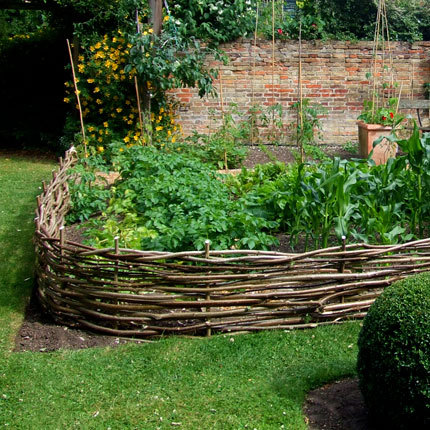
Wattle raised beds

Rubber tire gardens

Hugelkultur

An herb spiral
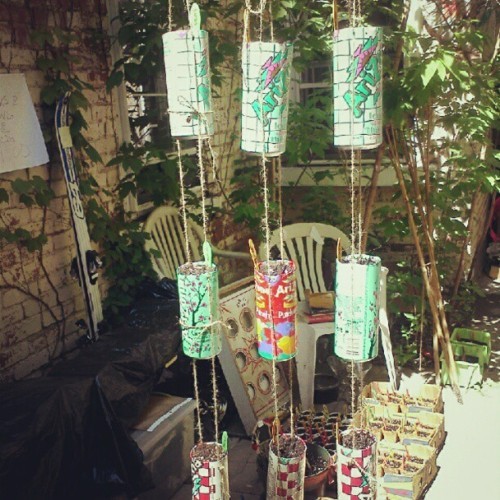
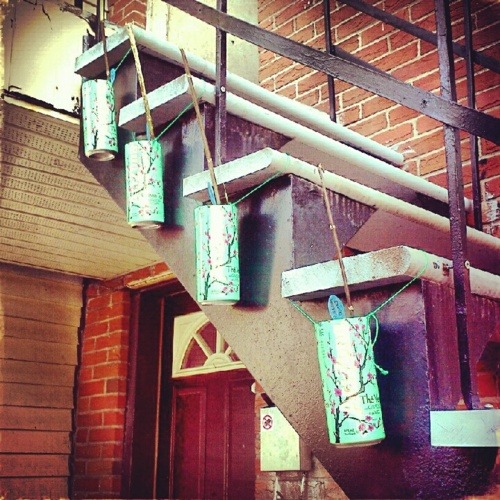
Hanging gardens in cans (2)
Trellises and supports
Many plants need external support, such as stakes of trellises, to thrive.
Rebar can almost always be salvaged cheaply or free and makes a great trellis, arch, or purgola
Build trellises and supports out of the pliable young stems of plants like willow
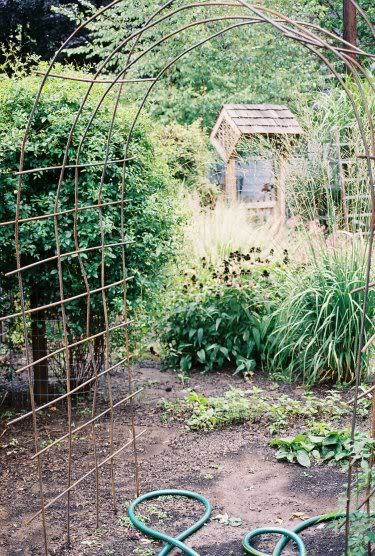
Rebar trellis/arch

Living willow arch/trellis
Paving
Paving often requires a foundation of sand or another stable and well-drained substrate, and a covering of stones, bricks, or other weatherproof elements. Slowly collect stones over time, or free paving stone fragments to create a mosaic-type walkway. Often people give these things away on craigslist. I made a patio and fireplace out of free salvaged bricks, for example.

Salvaged garden walkway
Greenhouses and cold frames
Here is a gallery of greenhouses made out of salvaged windows and doors
A cold frame is easy to make with salvaged lumber, and plastic sheeting.
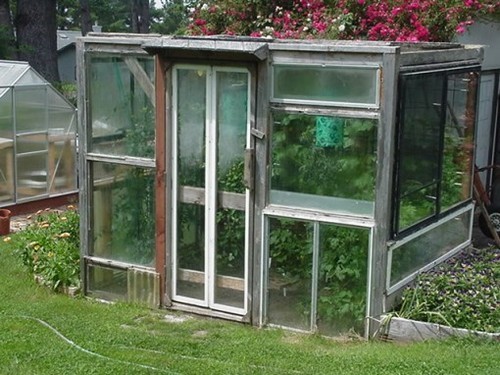
Window greenhouse
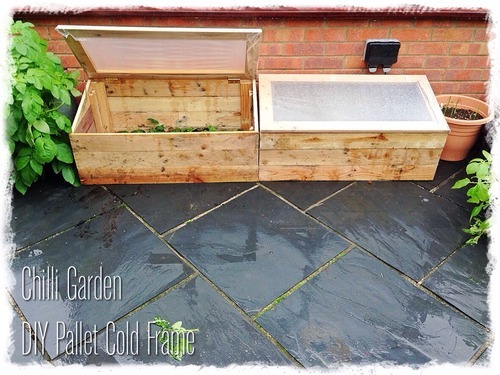
Palet cold-frame
Seeds and plants
Swap seeds with other gardeners
If you see a plant you like at someone’s house, ask for seeds or cuttings
Save seeds every year and build a library of options. Here is a great guide to seed saving.
Save seeds from foods you like from the grocery store: consider growing peanuts, ginger, garlic, peppers, or a walnut tree: all of these and more can be planted from store-bought produce.
Learn to take cuttings. There is a tonne of info on the web about basic cutting propagation, layering, (like I do with rhododendrons) air layering, and numerous other techniques to take clones of plants you like. This saves going to a nursery and shelling out big bucks for all the variety you want.
For cuttings, willow tea and honey are great rooting hormones/antiseptics/anti-fungal agents, which can save you $40 if you were thinking of buying commercial rooting hormone.
You can root cuttings in a potato! (See my methods for rooting “borrowed” plants here)
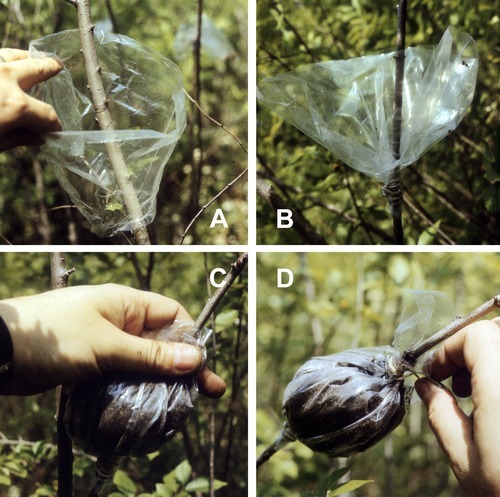
Air layering
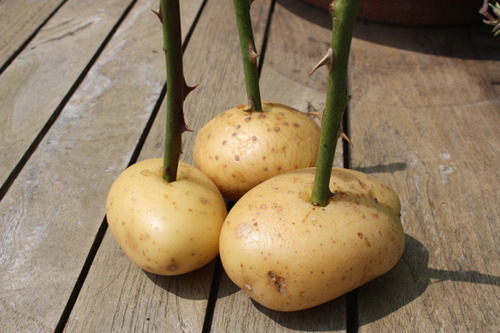
Rooting cuttings in potatoes
—-
I hope this helps you build your garden outside of the usual capitalist channels! It can be a cheap or free hobby if you are willing to think outside the box, and maybe put up with things that don’t look as clean or crisp as a hardware store catalogue. If you have any further ideas, please add them! The more information the better.





I’m trying to write a personal diary about my gardening activities.
7 reasons why solarpunk is the most important speculative fiction movement in the last 20 years
It’s hopeful. Solarpunk doesn’t require an apocalypse. It’s a world in which humans haven’t destroyed ourselves and our environment, where we’ve pulled back just in time to stop the slow destruction of our planet. We’ve learned to use science wisely, for the betterment of ourselves and our planet. We’re no longer overlords. We’re caretakers. We’re gardeners.
Scientists are heroes again. And not just physicists and astronomers. Knowledge of biology and earth sciences matter, they’re the building blocks for a future on Earth. Scientific literacy isn’t just for academics – it’s part of daily life. People know how the things they use work, and if they don’t, they can access that information.
It’s diverse. Solarpunk is rooted in using the environment, so it looks different in different places. Alternative energy is best when specific to place (I imagine geothermal, wind, tidal, and hydroelectric energy sources are still used in certain places) so no overarching government system is needed. Communities can organize themselves, taking their own location and needs and history into account. Brazilian, Inuit, Egyptian, Pacific Northwest, and New Zealand solarpunk can all look very different, but be unified in resourceful, intentional, low impact living.
Individuality still matters. In a post-scarcity society, ingenuity and self-expression are not sacrificed on the altar of survival. With solar power there’s no reason not to go off grid, if that’s what you want to do. Communities can self-organize. You can find a community that suits you, or go live by yourself if that floats your boat.
There’s room for spirituality and science to coexist. Solarpunk is rooted in a deep understanding and reverence for natural processes. There’s room for spirituality there, be it pagan, Buddhist, Sufi, Transcendentalism – anything. There’s so much to explore, from nature worship to organized monotheistic religions, and how they interact with solarpunk.
It’s beautiful. The most common solarpunk aesthetic is art nouveau, but again there’s room for diversity, incorporating art styles from multiple cultures in respectful, non-appropriative ways. The most important aspect of solarpunk aesthetic is the melding of art and utility. The idea of intentional living is strong in art nouveau, but it’s not the only art movement with that philosophy.
We can make it happen. Now. Earthships. Permaculture. Aquaponics. Algae lighting. Compostable products that turn into fields of flowers. Buy Nothing organizations. Tiny, beautiful, efficient homes. Solar power cells you can see through. That’s all happening now. Solarpunk is within our grasp, at least on a personal level. I’m not saying there aren’t still big, ugly infrastructures devoted to unethical consumption, but we can start to tear them down. We can build a solarpunk world with stories and small changes. And small changes lead to big changes. That’s the real beauty of solarpunk. It’s not a post-apocalyptic power fantasy. It’s not a wistful daydream, or an elite future only for physicists. It’s something we can work towards right now. It’s tangible.
"She will take it back some day." -Pink Floyd



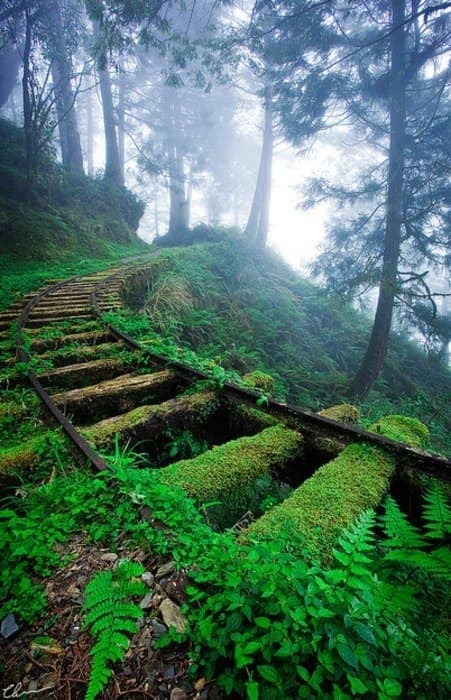




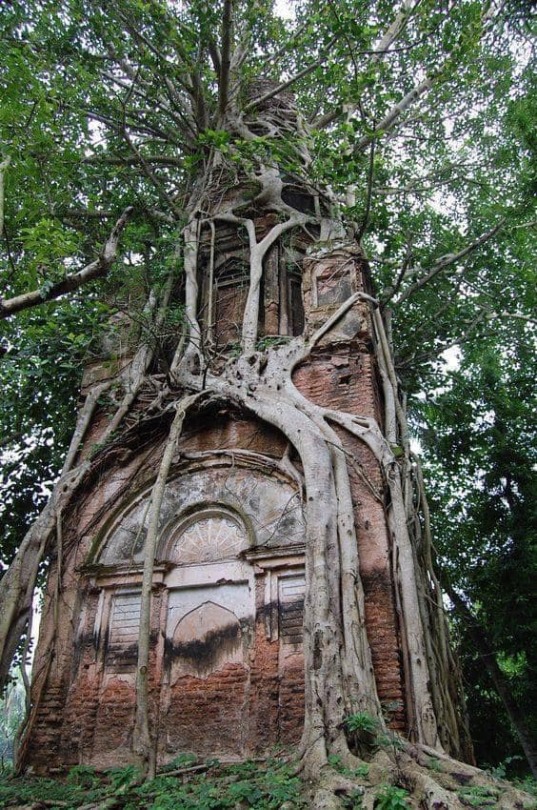




ive said this before but as climate change ramps up faster and faster and we feel the effects more and more in our everyday lives our infrastructure and architecture is going to need radical changes, and i love building science, but its not just going to be stuff like cranking up the r-values on our houses and other passivhaus things, we have to look at resilient infrastructure like earth berming and building underground like in coober pedy to avoid heat, have to look at flood mitigation tunnels like the tokyo flood control system, have to look at stuff like staten islands seawall
no one solution is going to protect us from climate change, and no small ones either
shits gonna have to change, and not every solution is going to pan out perfectly, but we need to be able to try some pretty over the top seeming stuff
even just where i live, the seasons have dramatically changed over the last decade, old ellicott city has been wiped out by floods twice, summers are hot and humid as hell, this cant last
-
 quitetheclimbingwriter reblogged this · 3 weeks ago
quitetheclimbingwriter reblogged this · 3 weeks ago -
 xzombiexkittenx liked this · 3 weeks ago
xzombiexkittenx liked this · 3 weeks ago -
 mousedetective liked this · 3 weeks ago
mousedetective liked this · 3 weeks ago -
 trappingsofzed reblogged this · 3 weeks ago
trappingsofzed reblogged this · 3 weeks ago -
 trappingsofzed liked this · 3 weeks ago
trappingsofzed liked this · 3 weeks ago -
 1968bullittmustang reblogged this · 3 weeks ago
1968bullittmustang reblogged this · 3 weeks ago -
 narfoonthenet reblogged this · 1 month ago
narfoonthenet reblogged this · 1 month ago -
 oreos-and-korra reblogged this · 1 month ago
oreos-and-korra reblogged this · 1 month ago -
 vkngfrnz9 liked this · 1 month ago
vkngfrnz9 liked this · 1 month ago -
 paulfe liked this · 1 month ago
paulfe liked this · 1 month ago -
 yann-che liked this · 1 month ago
yann-che liked this · 1 month ago -
 yann-che reblogged this · 1 month ago
yann-che reblogged this · 1 month ago -
 shady-wolfninja reblogged this · 1 month ago
shady-wolfninja reblogged this · 1 month ago -
 shady-wolfninja liked this · 1 month ago
shady-wolfninja liked this · 1 month ago -
 thoughtsfromadementedhornymind liked this · 1 month ago
thoughtsfromadementedhornymind liked this · 1 month ago -
 vikkidoom reblogged this · 1 month ago
vikkidoom reblogged this · 1 month ago -
 thevisualmachine reblogged this · 1 month ago
thevisualmachine reblogged this · 1 month ago -
 furthestfromthetruth reblogged this · 1 month ago
furthestfromthetruth reblogged this · 1 month ago -
 gordonspooner liked this · 1 month ago
gordonspooner liked this · 1 month ago -
 towersofviolet reblogged this · 3 months ago
towersofviolet reblogged this · 3 months ago -
 pionneers-lm reblogged this · 4 months ago
pionneers-lm reblogged this · 4 months ago -
 pionneers-lm liked this · 4 months ago
pionneers-lm liked this · 4 months ago -
 swhhdr-wthhr reblogged this · 4 months ago
swhhdr-wthhr reblogged this · 4 months ago -
 swhhdr-wthhr liked this · 4 months ago
swhhdr-wthhr liked this · 4 months ago -
 thipuh reblogged this · 4 months ago
thipuh reblogged this · 4 months ago -
 battleblaze reblogged this · 4 months ago
battleblaze reblogged this · 4 months ago -
 yourfreindlynighborhoodspycrab reblogged this · 4 months ago
yourfreindlynighborhoodspycrab reblogged this · 4 months ago -
 yourfreindlynighborhoodspycrab liked this · 4 months ago
yourfreindlynighborhoodspycrab liked this · 4 months ago -
 hawthorneee reblogged this · 4 months ago
hawthorneee reblogged this · 4 months ago -
 hawthorneee liked this · 4 months ago
hawthorneee liked this · 4 months ago -
 mayigoto reblogged this · 4 months ago
mayigoto reblogged this · 4 months ago -
 copias-bats reblogged this · 4 months ago
copias-bats reblogged this · 4 months ago -
 copias-bats liked this · 4 months ago
copias-bats liked this · 4 months ago -
 tboy-perpetua reblogged this · 4 months ago
tboy-perpetua reblogged this · 4 months ago -
 aussie-tactical-pigeon reblogged this · 4 months ago
aussie-tactical-pigeon reblogged this · 4 months ago -
 aussie-tactical-pigeon liked this · 4 months ago
aussie-tactical-pigeon liked this · 4 months ago -
 anatomyofacosme liked this · 4 months ago
anatomyofacosme liked this · 4 months ago -
 ghost-of-many-names reblogged this · 4 months ago
ghost-of-many-names reblogged this · 4 months ago -
 ghost-of-many-names liked this · 4 months ago
ghost-of-many-names liked this · 4 months ago -
 mybabyboybeloved liked this · 4 months ago
mybabyboybeloved liked this · 4 months ago -
 cloudofbutterflies reblogged this · 4 months ago
cloudofbutterflies reblogged this · 4 months ago -
 jazzhaaaands reblogged this · 4 months ago
jazzhaaaands reblogged this · 4 months ago -
 nightinmyveins liked this · 4 months ago
nightinmyveins liked this · 4 months ago -
 thehealingage2025 reblogged this · 4 months ago
thehealingage2025 reblogged this · 4 months ago -
 interestedin-life reblogged this · 5 months ago
interestedin-life reblogged this · 5 months ago -
 interestedin-life liked this · 5 months ago
interestedin-life liked this · 5 months ago -
 mrsattila reblogged this · 6 months ago
mrsattila reblogged this · 6 months ago